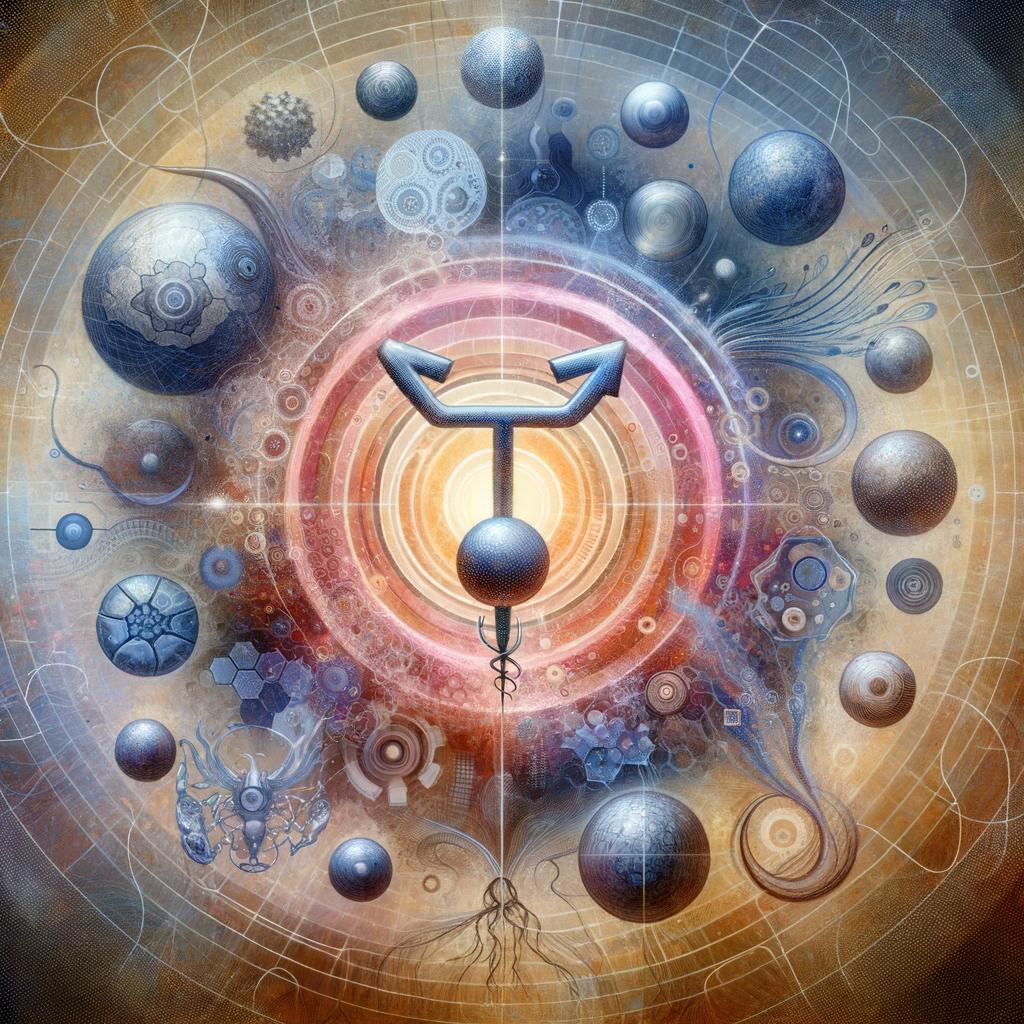
What drugs are used for ADT for prostate cancer?
What are the medications used for androgen deprivation therapy? Anti-androgens, such as bicalutamide, nilutamide, flutamide, enzalutamide, apalutamide, and darolutamide work by blocking testosterone receptors on prostate cancer cells.
Introduction
What in the world is ADT Prostate Cancer Therapy? Well, my dear reader, I’m glad you inquired. ADT is an acronym for Androgen Deprivation Therapy, a widely used form of treatment in battling prostate cancer, specifically when it has advanced into higher stages of complication. By getting deep into the core of this topic, we will be skimming the surface of ADT therapy, venture into the realm of prostate cancer, and journey through the different stages of this specialized treatment. So, hold your breath, and dive with us into the ocean that is prostate cancer treatment, and the waves of ADT therapy that can help maneuver through it.
The ABC’s of ADT
Androgen Deprivation Therapy, or ADT as it is better known, is a treatment commonly used in the fight against prostate cancer. By tackling the testosterone production, ADT deprives the tumorous cells of the androgens they rely on to grow and multiply. Quite simply, ADT aims at cutting off the fuel supply to control or slow the growth of cancer in the prostate.
The How’s of ADT
ADT is a method adopted mainly through medical or surgical intervention. In the former, medications are utilized to lower testosterone levels or prohibit testosterone from interacting with cancer cells. The latter resorts to surgery, like the removal of the testicles, which are the primary producers of testosterone in men.
The Whys and Whens of ADT
ADT plays a fundamental role in dealing with prostate cancer, yet it’s not an all-weather solution. High-risk localised cancers often utilise ADT, in cohesion with radiation, to achieve better results. It also acts as a line of defense against cancers that have spread beyond the prostate or have made a stubborn comeback post initial treatment. However, like any solution, it’s not perfect and comes with potential side effects that we must tackle head-on.
Navigating the Side Effects
ADT’s side effects can often be as challenging as the disease itself, presenting a new battle to be won. From hot flashes to fatigue, sexual dysfunction to bone thinning, the effects can often leave patients weary. However, every cloud has a silver lining, with most of these symptoms being manageable with lifestyle changes, medication, and the support of friends, family, and healthcare professionals.
The Big Picture of Prostate Cancer
To get a clear understanding of the role ADT plays, it’s essential to grasp the ins and outs of prostate cancer. Starting from its roots in the prostate, a small gland aiding in the production of seminal fluid in men, this type of cancer is one of the common forms affecting men, predominantly older adults.
The Stages and Grades
Just as a tree grows, prostate cancer too has stages and grades, helping doctors understand how much it has grown or spread. From the localized stage where it affects only the prostate to advanced stages where it discreetly invades neighboring organs, each step requires dedicated methods of diagnosis and treatment.
Conclusion
ADT Prostate Cancer therapy, thus, acts as a cornerstone in the comprehensive treatment of prostate cancer. With its deep-rooted potential in depriving cancer cells of their growth fuel, it has proven invaluable in certain stages of the disease. However, one must remember that balancing its benefits versus potential side effects is crucial in successful treatment. But with the tight-knit support system of healthcare professionals and loved ones, navigating through the storm becomes much easier with ADT as an ally.
Frequently Asked Questions
1. What are the types of Androgen Deprivation Therapy for prostate cancer?
There are two primary types, medical and surgical. Medical ADT involves medications to decrease testosterone levels, while surgical ADT typically refers to the removal of the testicles.
2. Does Androgen Deprivation Therapy cure prostate cancer?
ADT doesn’t cure prostate cancer; instead, it suppresses or slows the growth of cancer cells.
3. What are the side effects of Androgen Deprivation Therapy?
Side effects can include hot flashes, fatigue, sexual dysfunction, bone thinning, and mood changes.
4. When is Androgen Deprivation Therapy used in treating prostate cancer?
ADT is often used for high-risk localised cancer, cancer that has spread beyond the prostate, or recurrence post initial treatment.
5. Is Androgen Deprivation Therapy a long-term treatment?
The duration of ADT varies among individuals and depends on the specifics of their cancer stage and overall health.


